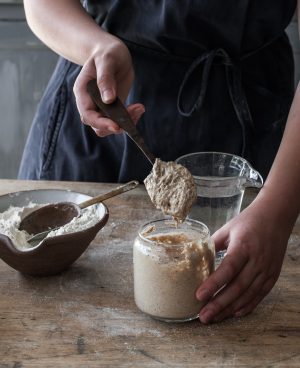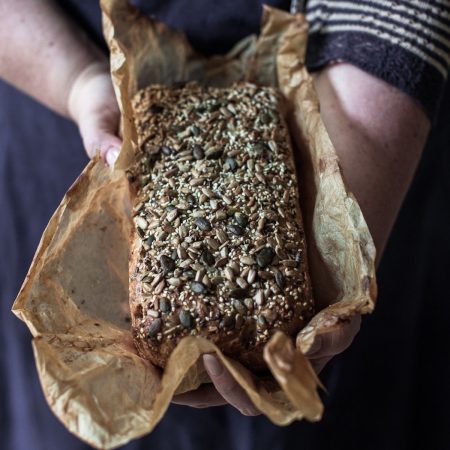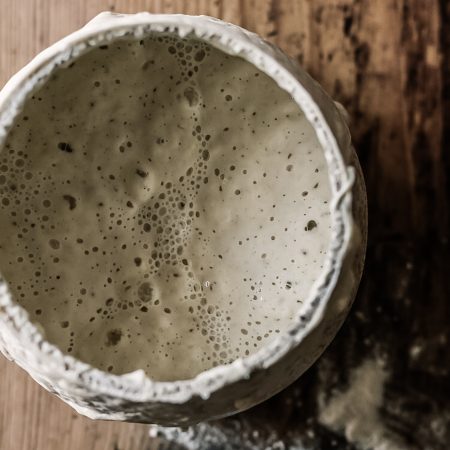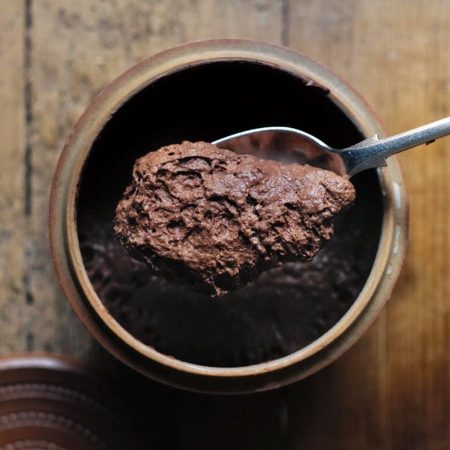
Top Tips for Managing a Sourdough Starter in the Summer
Summer’s heat and humidity can affect your starter’s behaviour, so keep a close eye on its activity and adjust your feeding schedule as needed. If your starter becomes too active or sluggish, adjust its feeding schedule and environment to help it thrive. Fermentation of the starter will most likely be easier during this time, since yeast and lactic bacteria love the warmth. However, in some high-temperature and humid climates, the sourdough starter may activate before you have a chance to use it. Keep in mind that in too much heat a starter may become sluggish and, in temperatures over 40C (104F), yeasts are very likely to slow down. To control this situation, here are my tips to protect the starter:
- Keep track of kitchen temperature and document any changes or fluctuations. Also do this in your fridge, and figure out if there are any colder areas of the fridge you should be aware of
- Feed your starter more frequently as summer heat can cause your starter to become more active: it may need to be fed more often to prevent over-fermentation
- When feeding your starter, use cool or iced water to slow down the fermentation process
- When feeding the starter, ratios will vary depending upon a number of situations:
-
- Reduce hydration if you are in a very humid environment. A stiffer starter will take longer to peak, and in humid climates flour will tend to absorb any ambient water or liquid too – if this is the case feed your starter less water and add an extra spoon of flour
- In hotter and high-humidity climates (29C/85F) such as Australia and the Southern US states, professionals will use iced water and keep their starter in the fridge, feeding it a ratio as high as 1:15
- Vanessa’s starter is at a 1:5 ratio. I am in Vancouver and I also have no issue with that ratio. During winter, an 8 to12 hours peak would be equivalent to a 4 to 6 hour peak time in summer
- If your home has an air conditioning unit, your environment will most likely have a stable temperature. However, keep in mind that outside temperatures and humidity levels vary, so starter peak times may be affected
- Move your starter to a cooler location, like a basement or a room with a consistent temperature below 75°F (24°C)
- Consider storing your starter in the fridge (around 39°F/4°C) for a few days especially if you’re going to be away for an extended period or if your starter is becoming too active. This will slow down the fermentation process
- Rotate jars to prevent mould and condensation. In high-humidity environments, condensation can cause mould to develop, in which case you should keep the starter in a smaller jar and rotate it every couple of feedings
Sourdough Club Teaching Assistant




Leave a Reply